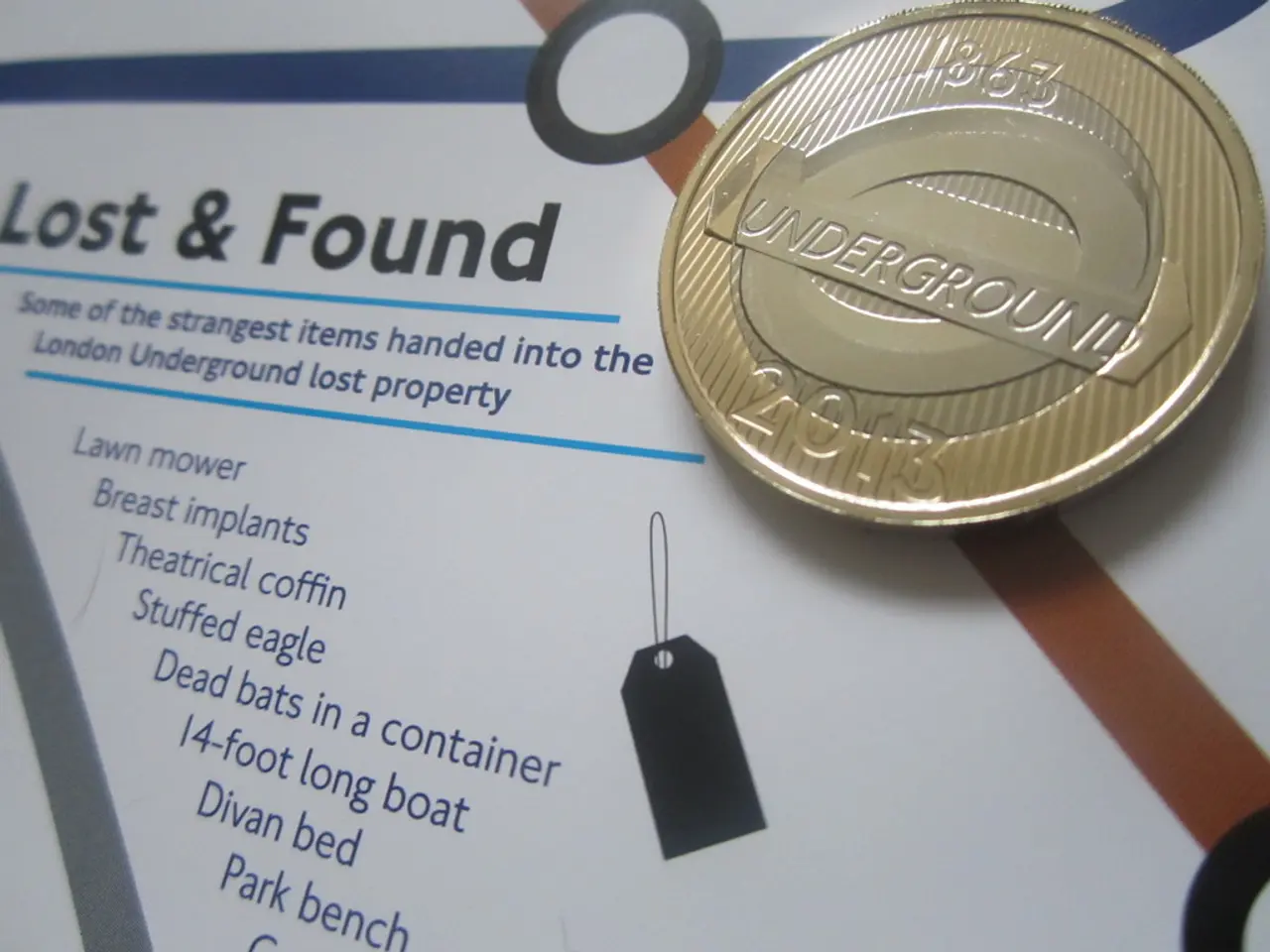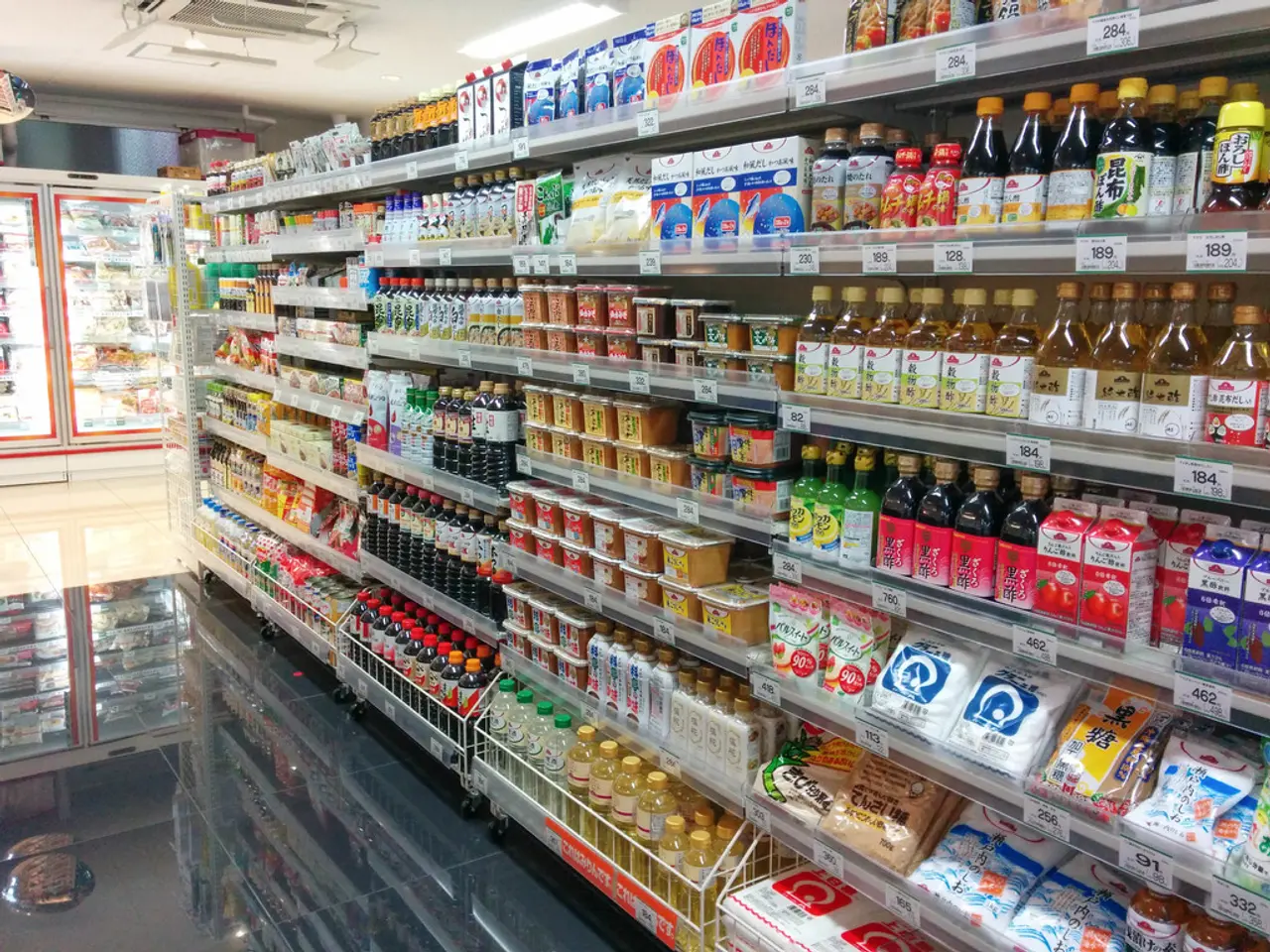Eurozone inflation remains steady at a rate of 2% in July period
In July 2025, the Eurozone's core inflation rate, which excludes volatile categories such as energy, food, alcohol, and tobacco, remained stable at 2.3%. This rate held steady from June and the previous months, marking its lowest level since January 2022.
Compared to the European Central Bank's (ECB) inflation target of around 2.0%, the core inflation rate is slightly above target by 0.3 percentage points. This stability at 2.3% indicates that underlying inflation pressures, excluding highly fluctuating components, are moderate but persistent.
The headline inflation rate, which includes all items, was steady at 2.0% in July 2025—exactly matching the ECB's target—due largely to declines in energy prices and a slowdown in services inflation offsetting rises in food, alcohol, and tobacco prices.
The annual inflation rate for services in the Eurozone was 3.1 percent in July, down from 3.3 percent in June. Meanwhile, the annual inflation rate for energy in the Eurozone was -2.5 percent in July, down from -2.6 percent in June. The annual inflation rate for food, alcohol, and tobacco in the Eurozone was 3.3 percent in July, up from 3.1 percent in June.
Interestingly, Estonia had the highest inflation rate in the Eurozone at 5.6 percent in July. On the other hand, Cyprus had the lowest inflation rate at 0.1 percent. Slovakia and Croatia followed closely with the second highest inflation rate at 4.5 percent each.
The inflation rate for each member state is reported by Eurostat, the agency responsible for reporting inflation rates in the Eurozone. The annual inflation rate in the Eurozone in July 2025 was 2.0 percent, according to Eurostat. The annual inflation rate for industrial goods excluding energy was 0.8 percent in July, up from 0.5 percent in June. This rate is the same as it was in June 2025.
Prices in the Eurozone remained unchanged compared to the previous month in July 2025. The core inflation rate, which is closely watched by the ECB in relation to its target of achieving a 2.0 percent inflation rate, did not change from the previous month.
In summary, the Eurozone's core inflation being stable and slightly above the 2% target suggests that while headline inflation aligns with the ECB's objective, some underlying price pressures remain somewhat elevated. The ECB may view this as consistent with its maintaining a cautious approach to monetary policy to sustain price stability over time.
[1] Eurostat. (2025). Harmonised Index of Consumer Prices (HICP). Retrieved from https://ec.europa.eu/eurostat/web/hicp [2] European Central Bank. (2025). Inflation rates. Retrieved from https://www.ecb.europa.eu/stats/data/inflation [3] European Commission. (2025). Economic and Financial Affairs. Retrieved from https://ec.europa.eu/info/business-economy-euro/economic-performance-and-finances/economic-performance-and-employment/economic-indicators/inflation_en
The stability in the core inflation rate at 2.3% despite being slightly above the European Central Bank's (ECB) target indicates that there is persistent underlying inflation pressure, as reported by Eurostat. This situation might prompt the ECB to maintain a cautious approach towards monetary policy to preserve price stability over time, aligning with the Economic and Financial Affairs section of the European Commission.
Finance ministries and businesses across the Eurozone might need to closely monitor these inflation trends to properly adjust their investment strategies and forecasts, as the ECB's cautious approach may impact the overall business environment in the coming months.




